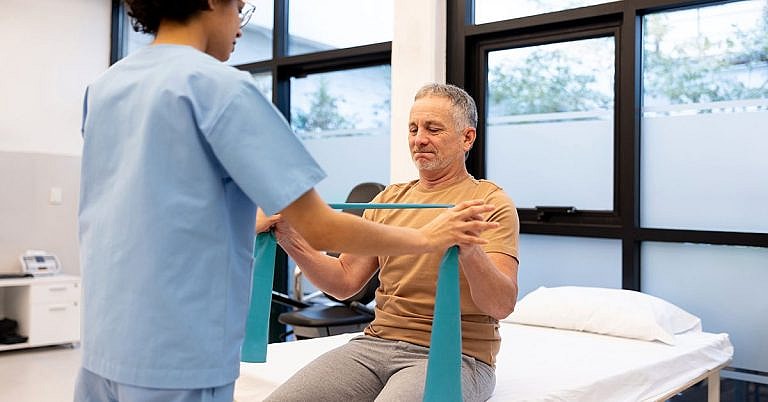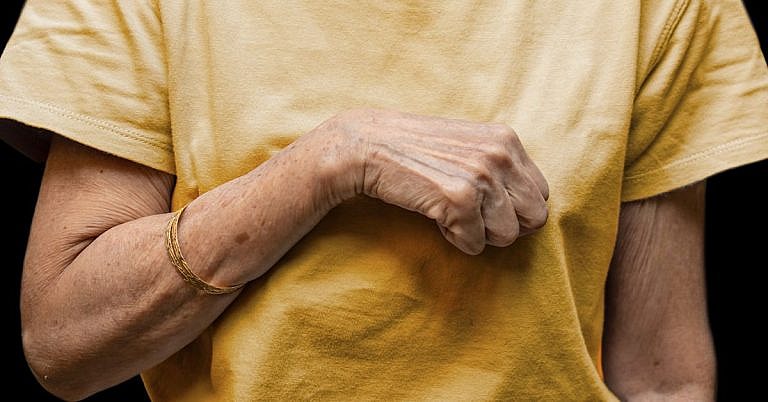**Effective Septic Arthritis Treatment: A Comprehensive Guide**
Septic arthritic arthritis is considered a medical emergency because it can cause serious joint damage and be fatal if not treated early.
Septic arthritis is inflammation of your joint fluid and joint tissues that happens when an infection with a bacterium, virus, or fungus spreads to your joint. It’s also called infectious arthritis.
This uncommon condition usually only occurs in one large joint, like your hip or knee, but it can happen in many small joints. Symptoms include sudden joint pain, fever, swelling, warmth, and redness around your joint, as well as trouble moving your affected joint.
Treatment may include antibiotics, joint fluid drainage, physical therapy, and surgery. Read on to learn more about how septic arthritis is treated.

Antibiotics
Antibiotics are the first line of treatment for septic arthritis caused by a bacterium. The course of treatment usually includes intravenous (IV) antibiotics for 2 weeks followed by another 1–2 weeks of antibiotics taken by mouth.
A doctor or other healthcare professional will decide on the best antibiotic to treat your infection based on the results of Gram’s stain and other tests. The most common cause of septic arthritis is a bacterium known as Staphylococcus aureus (staph infection).
Examples of antibiotics used to treat septic arthritis include:
A doctor may add additional antibiotics, like ceftriaxone (Ceftrisol Plus, Rocephin), ceftazidime (Fortaz, Tazicef), or cefotaxime (Claforan), if you’re immunocompromised, you receive medication through an IV line, or your Gram’s stain results are negative.
Potential risks
Antibiotics like vancomycin are generally considered safe but can sometimes cause mild side effects. IV antibiotics, in particular, can cause:
Other potential side effects of antibiotics include:
Splinting the affected joint
A doctor may recommend wearing a splint to support your affected joint. Splints are used to limit movement, which in turn reduces pain and tissue damage.
Potential risks
Wearing a splint for long periods of time can limit your range of motion and weaken the muscles around your joint. You may need to perform physical therapy exercises to build muscle strength and improve your range of motion.
Joint fluid drainage
You may need to have the infected fluid around your joint (synovial fluid) drained to ease pain and swelling and prevent joint damage.
To drain the fluid, a doctor may use one of the following techniques:
Potential risks
Draining a joint with arthroscopy or aspiration is considered generally safe, but side effects can occur, including:
Surgery
In some cases, a doctor may recommend surgery to drain your joint and remove damaged tissue (debridement). This often depends on the severity of the infection and the specific joint that’s infected.
Potential risks
Like other surgeries, joint surgery carries a risk of infection, bleeding, and blood clots.
Removal of an artificial joint
If you have an artificial joint and it’s infected, it may need to be removed and temporarily replaced with a joint spacer. A joint spacer is made with antibiotic cement. It slowly releases antibiotics into the joint space. After several months, a new replacement joint can be implanted.
Potential risks
Potential risks of cement spacers include:
Physical therapy
Physical therapy can help you preserve your joint’s range of motion and function. A physical therapist will recommend several range-of-motion exercises.
Potential risks
Physical therapy is considered safe, but it’s possible to worsen your condition or cause new injuries if the exercises aren’t done properly.
How long does it take septic arthritis to heal?
According to older research, you’ll likely start feeling better after taking antibiotics for 24–48 hours, though you’ll need to continue taking the antibiotics for several weeks. It can take longer to fully restore your joint mobility and function once the infection is cleared up. If you see no improvements within that time frame, a doctor will likely change your antibiotics prescription.
Frequently asked questions about treating septic arthritis
Septic arthritis can be serious if not treated quickly. Here are answers to some frequently asked questions about septic arthritis.
How quickly should septic arthritis be treated?
Prompt treatment of septic arthritis is essential to prevent permanent damage to your tissues and bones in your joint. Bone loss and permanent joint damage can occur if antibiotics aren’t started within 24–48 hours of when your symptoms start.
Research shows that about 7–15% of people hospitalized with the condition will die.
What is the first line of treatment for septic arthritis?
Antibiotics are the first line of treatment for septic arthritis caused by a bacterium. Because the condition can become severe rapidly, a doctor may prescribe antibiotics even if they’re not certain the septic arthritis is caused by a bacterium.
Septic arthritis caused by a virus doesn’t require treatment with antibiotics and may go away on its own over time. In some cases, a doctor may prescribe you an antiviral medication.
If the infection is caused by a fungus, a doctor may prescribe an antifungal medication instead of antibiotics.
Can you walk with septic arthritis?
Septic arthritis can cause sudden severe pain in one or more of your joints. You may not be able to walk with septic arthritis if the infection is in your hip or leg.
Can you fully recover from septic arthritis?
Yes, you can make a full recovery from septic arthritis without long-term damage if you start treatment right away.
Takeaway
Septic arthritis is a serious condition that can result in permanent joint damage if left untreated. It’s usually caused by a bacterial infection. Early treatment with IV antibiotics can significantly improve your outlook. You can make a full recovery without any lasting damage if treatment starts quickly.
Frequently Asked Questions about “How Is Septic Arthritis Treated?”
1. What is the first line of treatment for septic arthritis?
Antibiotics are the first line of treatment, typically delivered intravenously (IV) for 2 weeks, followed by oral antibiotics for 1-2 weeks [2]. The specific antibiotic depends on the bacteria involved, often Staphylococcus aureus [2].
2. What other treatments are used for septic arthritis besides antibiotics?
3. What are some potential risks of the treatments for septic arthritis?
4. How long does it take to recover from septic arthritis?
You might feel better within 24-48 hours of starting antibiotics, but full recovery of joint mobility can take longer [7]. If there’s no improvement within that timeframe, your antibiotic prescription might be changed [7].
5. Why is early treatment crucial for septic arthritis?
Prompt treatment is essential to prevent permanent joint damage. Delaying antibiotics beyond 24-48 hours of symptoms can lead to bone loss and permanent damage [7]. Early treatment significantly improves the outcome.








This condition is treated by draining the pus from the affected joint and giving antibiotics intravenously (directly into a vein, usually in a hospital) for four to six weeks to clear the infection.
How is septic arthritis treated